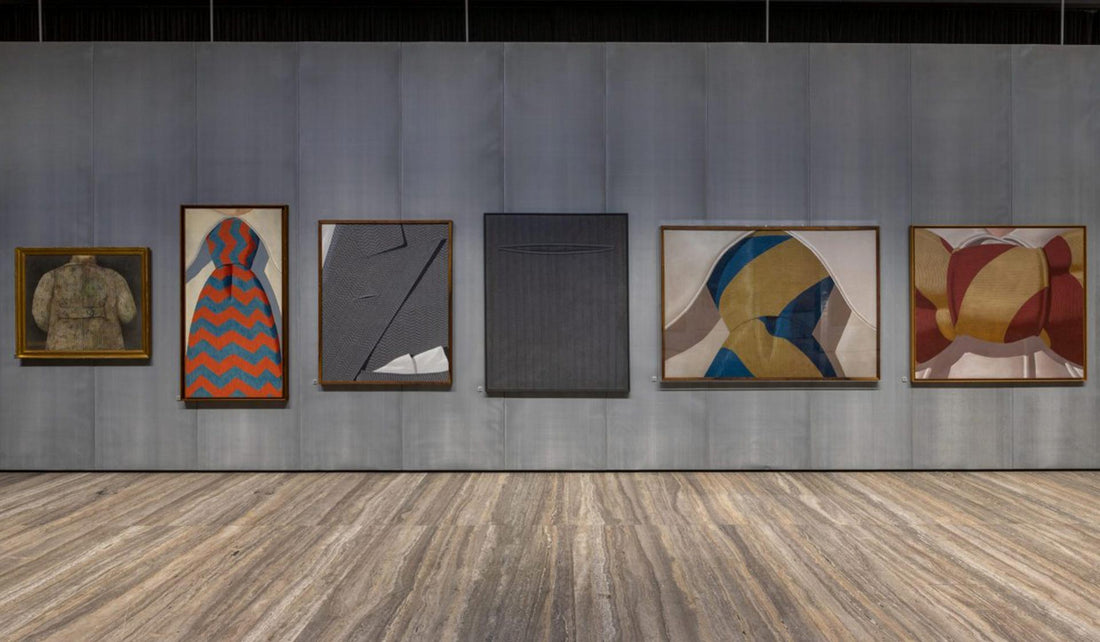Milan hosts a major retrospective on Domenico Gnoli (Rome, 1933 - New York, 1970). Beyond hyperrealism


'Domenico Gnoli', Fondazione Prada, Milano. Roberto Marossi. Courtesy Fondazione Prada.
To understand Domenico Gnoli's work, one must start from the concept of representation and his works for the theatre. He was strongly inspired by Renaissance art, reinterpreted in a contemporary key. And the importance is given to the drawing, the basis of his training. His work as a stage designer and illustrator between Rome and Paris was terrific, mainly in the first half of the 1950s.
Despite his successes in these fields, he decided to devote himself to painting. In 1956 he moved to New York, where he began to exhibit in various galleries. The elements of his artwork, deliberately isolated, are intensely evocative. They represent and at the same time refer elsewhere.

Catalog designed by Germano Celant. Associated Editor: Mario Mainetti. Preface of Miuccia Prada and Patrizio Bertelli; Texts by Carlo Barbatti, Italo Calvino, Germano Celant, Giulia Lotti, André Pieryre de Mandiargues, Salvatore Settis
His extraordinary modernity, or timelessness, surprises even more, today when referring to the years between 1949 and 1969. These are the years covered by the major retrospective dedicated to him by Fondazione Prada, Milan. A project conceived by Germano Celant in collaboration with the artist's archives.
In general, the sources of inspiration for Hyperrealism are many. It was born in the United States in the late 1960s, after and thanks to the experience of Pop Art.
The hyper-realistic artworks are surprising with their strong impact and are often large in size format. They capture the viewer's gaze, not without wonder and curiosity.
Fp Art Online, in its continuous research activity, hosts numerous works related to Hyperrealism. The selected Italian artists include: Bernardo Ariatta, Casagrande & Recalcati, Andrea Chiesi, Carla Chiusano, Riccardo Giraudo, Benedetta De Benedetti, Daniele Mini, Caroline Pera, Davide Romano.